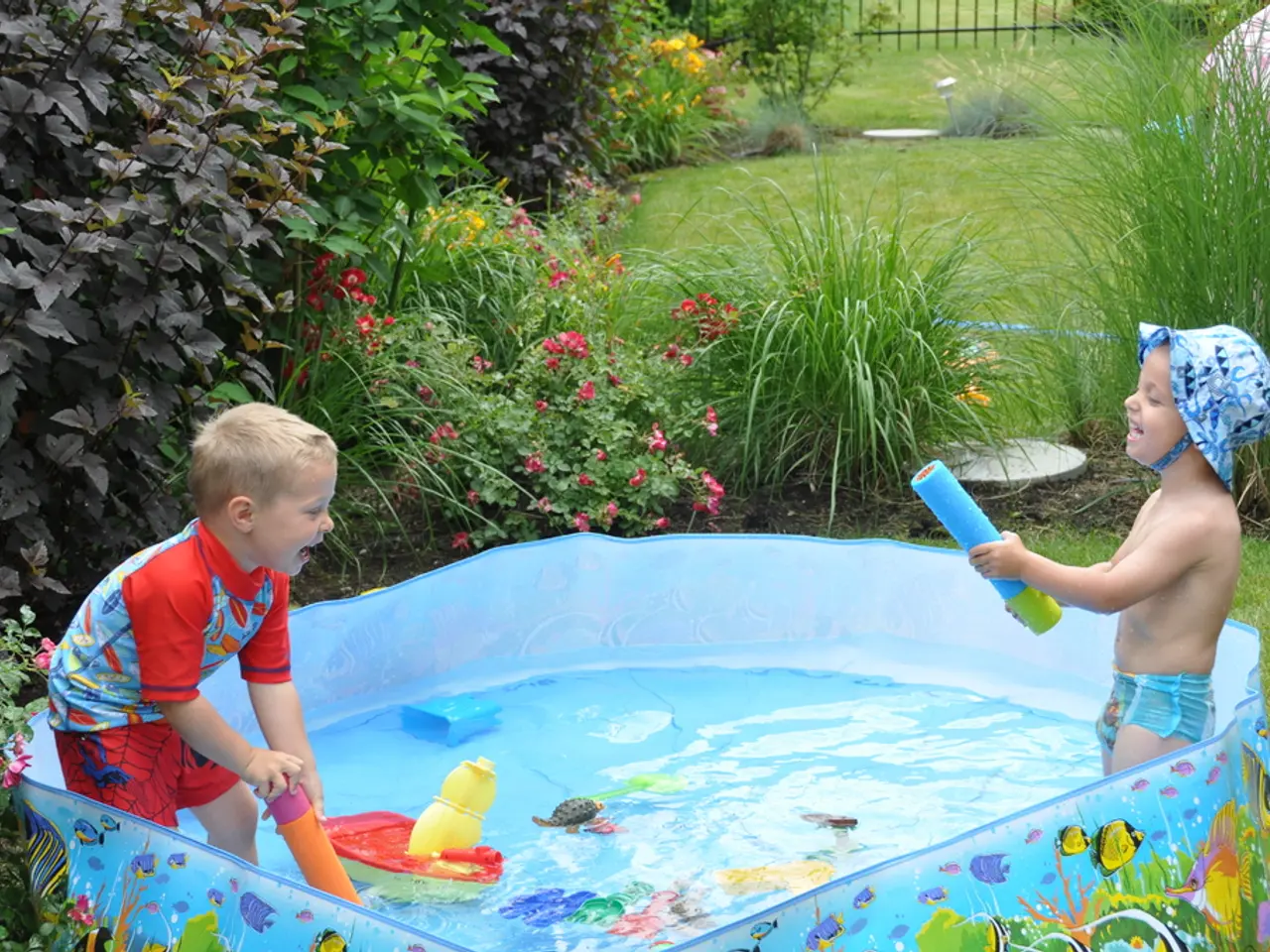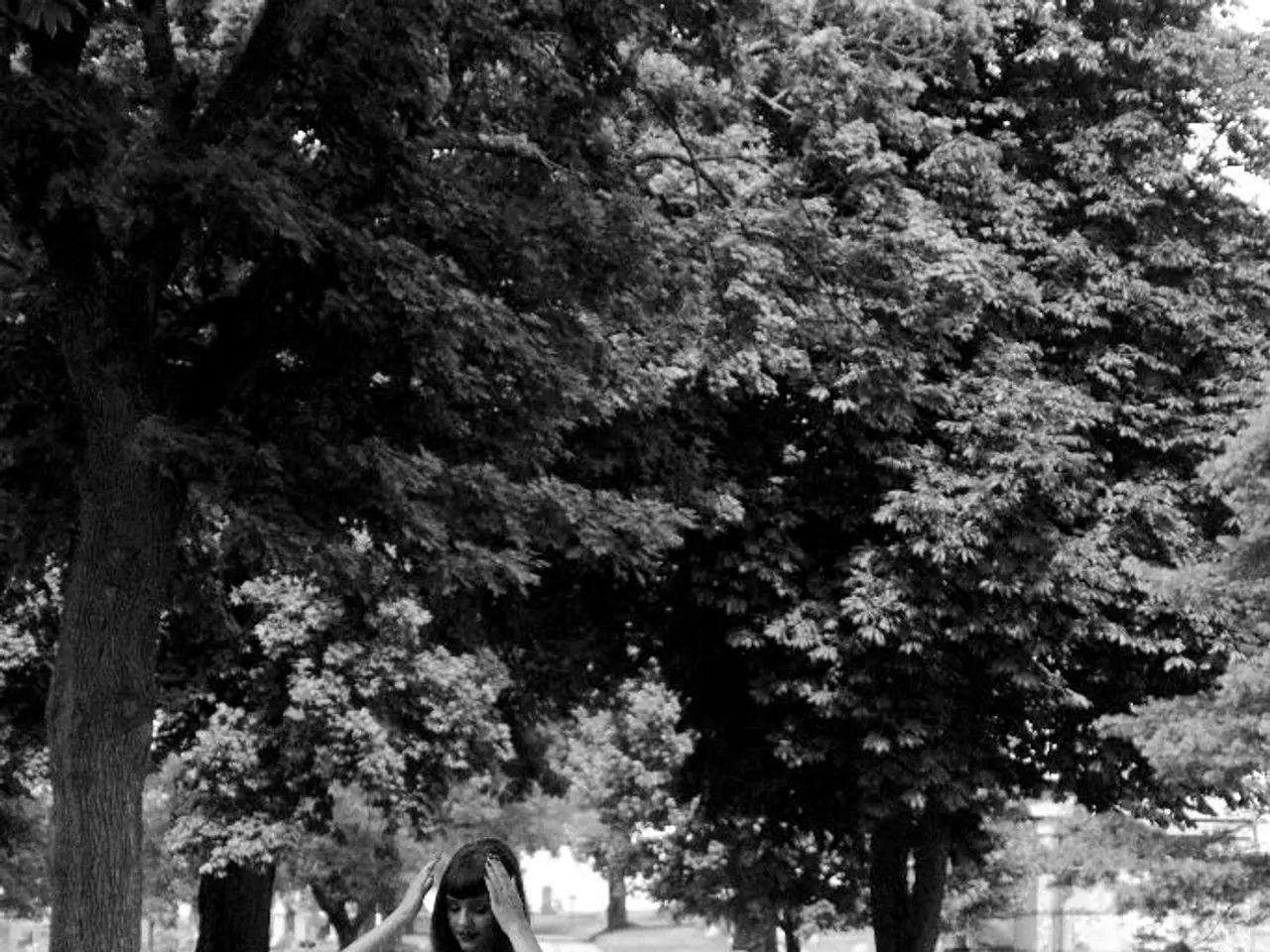Experiments for Children to Explore weather science concepts
Exploring the world of weather has never been more exciting for kids! Here are some easy and engaging weather science experiments that combine hands-on activities with visual and tactile learning. These experiments are suitable for various ages and will help children understand weather concepts like precipitation, air temperature, density, and natural weather signs in an engaging way.
- Shaving Cream Rain Clouds
Fill a clear jar with water, add shaving cream on top as a cloud, then drip blue food coloring onto the shaving cream to simulate rain falling when the cloud becomes saturated. This simple experiment demonstrates how clouds form and release rain.
- Indoor Snow
Mix baking soda and shaving cream to create a cold, malleable snow-like substance that's fun to touch and explore. This indoor snow provides a tactile learning experience about the properties of snow.
- Rainbow in a Cup
Layer liquids of different densities and colors to create a small rainbow, teaching kids about density and color mixing. This visual experiment demonstrates the formation of a rainbow.
- Pine Cone Weather Station
Place pinecones outside and observe how their scales open in dry weather and close when rain is coming. This simple observation helps children understand natural weather indicators.
- Make a Weather Station
Construct simple tools like a rain gauge, wind vane, and thermometer to record and track weather data over time. Building these tools will help children develop observation and data skills.
- Cold and Hot Air Experiment
Use bowls of hot and cold water with a balloon around a bottle to show how warm air inflates the balloon (rises) and cold air deflates it, illustrating air temperature effects.
- Cloud in a Jar
Fill a jar with hot water, spray hairspray inside, cover with ice cubes on top, and watch a cloud form inside the jar. This experiment demonstrates condensation and cloud formation.
For younger children, Twodaloo's weather sensory bottles offer a fun and safe way to explore weather concepts. Inspiration Laboratories offers a model hurricane, and Creative Family Fun offers lovely sun prints as a weather activity for a sunny day.
Rainbows are formed when light is refracted, with rain or water droplets causing the light to be split into its constituent colors. You can create a rainbow with a prism or a hosepipe. If you want to measure rainfall, a simple rain gauge can be used, and you can find out how hard it's raining with the help of Rainy Day Mum.
Lastly, the article was last updated on July 16, 2025, by Emma Vanstone. If you're interested in recording your rainfall data, a free rainfall recording sheet is available. Making weather science fun and accessible for kids has never been easier!
- In the shaving cream rain clouds experiment, kids can simulate rain falling by dripping blue food coloring onto shaving cream in a jar, demonstrating how clouds form and release rain.
- The indoor snow activity, made from baking soda and shaving cream, offers a tactile learning experience, teaching children about the properties of snow.
- By layering liquids of different densities and colors in a cup, kids can create a small rainbow, educating them about density and color mixing.
- Observe how pinecones' scales open in dry weather and close when rain is coming to learn about natural weather indicators with the pine cone weather station.
- Children can develop observation and data skills by constructing simple weather station tools like a rain gauge, wind vane, and thermometer.
- The cold and hot air experiment involves using bowls of hot and cold water with a balloon around a bottle to visualize how warm air expands (rises) and cold air contracts, illustrating air temperature effects.
- For those interested in creating a rainbow using a prism or a hosepipe, this can help educate children on how light is refracted and rainbows are formed.
- If you want to measure rainfall, a simple rain gauge can be used, and websites like Rainy Day Mum offer helpful tips on how hard it's raining.
- Lastly, Twodaloo's weather sensory bottles, Inspiration Laboratories' model hurricane, and Creative Family Fun's sun prints provide engaging weather activities suitable for younger children.
- The article on weather science experiments was updated on July 16, 2025, by Emma Vanstone. A free rainfall recording sheet is also available for anyone interested in recording their data.








